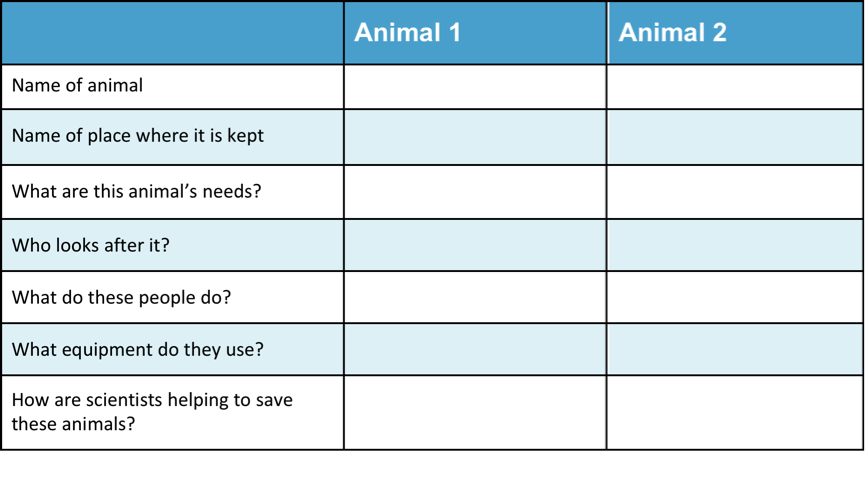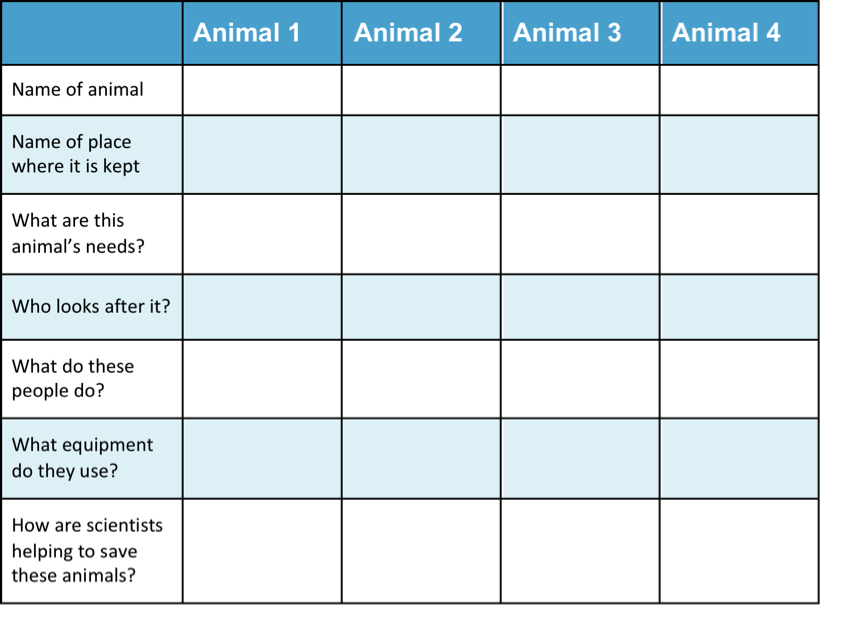Information for Teachers
Curriculum links
Australian Science Standards
BS (ACSSU44) Range of different living things
DT (ACTDEK013) Suitability of materials, systems, components, tools and equipment for particular purposes
UIS (ACSHE051) Science knowledge helps people to understand the effect of their actions
New Zealand Science Achievement Objectives
LW: How living things are suited to their particular habitat and how they respond to environmental changes, both natural and human-induced
NTTK: The relationship between the materials used and their performance properties in technological products
NS: Science is a way of explaining the world and that science knowledge changes over time
How to search the internet
1 Keep your request short
Fewer words will give a more accurate search.
2 Choose exactly what you want
For example: Arctic Circle Climate
3 Use quotes
Double quotes around a set of words tell the search engine to consider those exact words in that exact order without any change. For example: “Arctic Circle Climate”
4 Use the plus sign (+)
If you add a plus sign (+) between words, the internet will search for all the words. For example: migrate+birds+whales+mammal
5 Use the minus sign (–) to say what you don’t want
Use a minus sign (–) to show words you do not want to appear in your results. For example: if you search for burrowing animals and do not want mammals in your search, –mammals will exclude mammals. Note that you need to put a space before the minus sign for the word to be excluded.
6 Be very clear about what you don’t want
Part 1
Ask questions and make predictions
After reading Caring For Animals, you may have many questions about the different ways people care for animals in captivity.
List your questions
- Compare your list with questions that others have.
- Choose a question you would like to investigate.
- You can work alone, with a partner, or in a small group.
You may want to choose one or more of these questions to investigate
Q1. Why do some animals need care from people?
Q2. How do people meet animals’ needs in captive environments like zoos and sanctuaries?
Q3. What technologies do people use in the care of animals?
Go to Part 2 Plan and investigate →Part 2
Plan and investigate
Do searches in the internet or in books or talk to people who can help to find the information you are looking for.
Your teacher may suggest suitable websites for further information.
Go to Part 3 Record and analyse data →Part 3
Record and analyse data
Find a way of recording your information that will allow you to see any patterns in the data.
Data Chart for Caring for Animals
(Download and change to suit your information)
 Download Chart
Download Chart
Go to Part 4 Evaluate the information →
Part 4
Evaluate the information
1. Look over the information you have gathered and the patterns you have found.
Why do some animals need care from people?
How do people meet animals’ needs in captive environments?
What technologies do people use in the care of animals?
2. Search for other patterns.
Why are conservation programs important to ensure the survival of some animal species?
How can people assist if a wild animal is injured?
3. Makes notes about what you find.
Go to Part 5 Communicate and share ideas →Part 5
Communicate and share ideas
Look over all of the information that you have gathered in your investigation.
What are the most important ideas about the ways people care for wild animals in captivity?
Make a chart showing the most important ideas.
 Download Chart
Download Chart
← Return to menu
